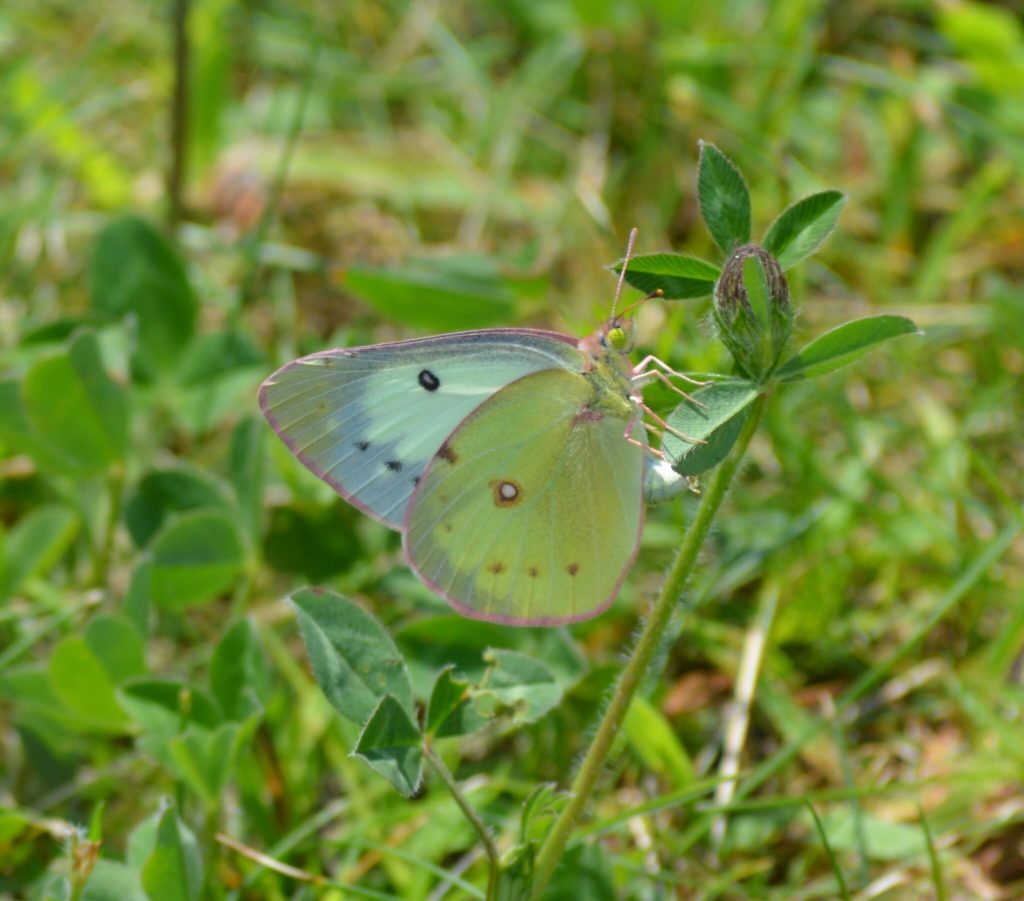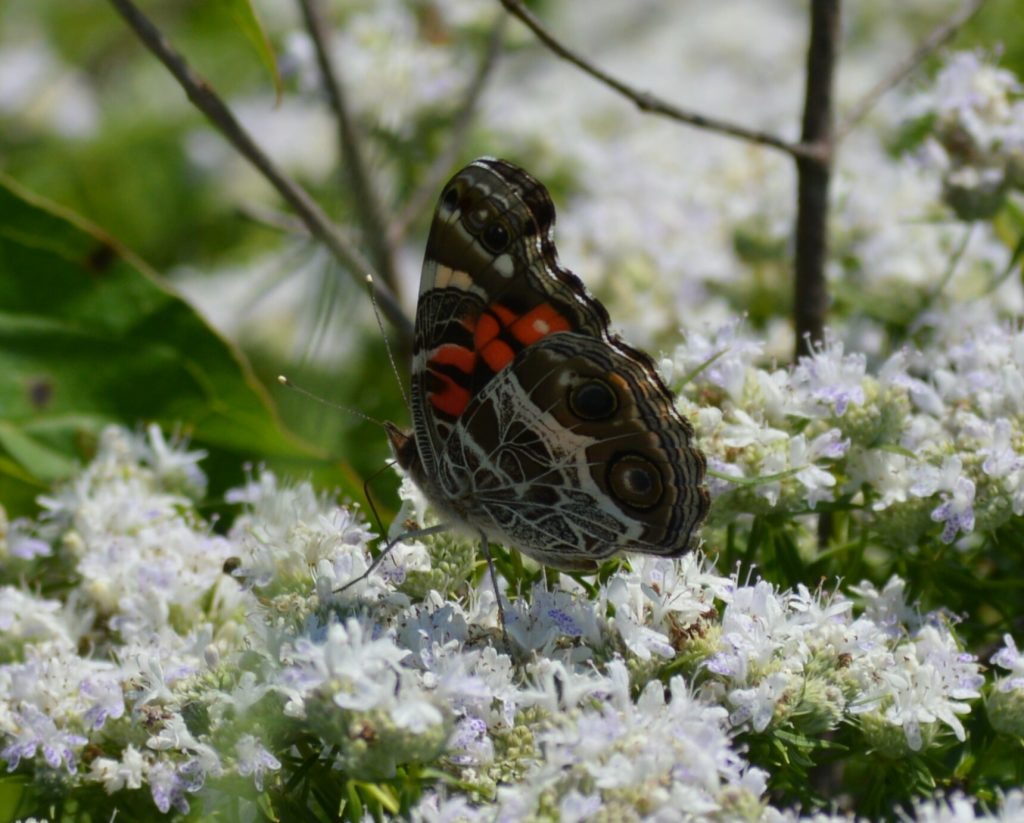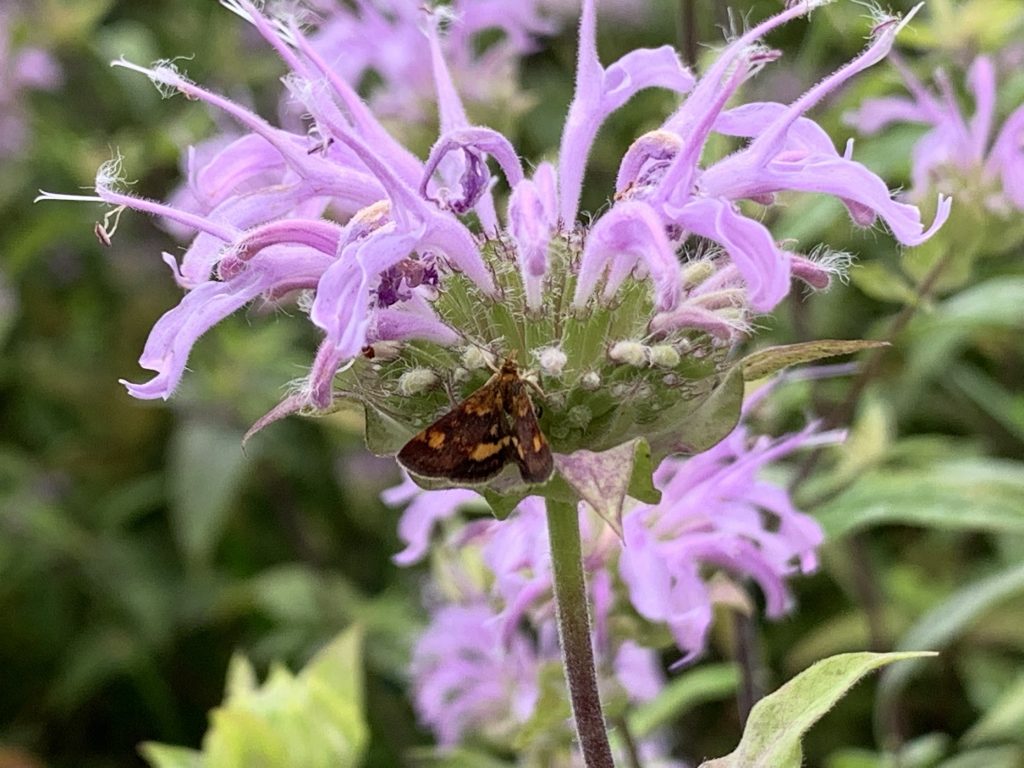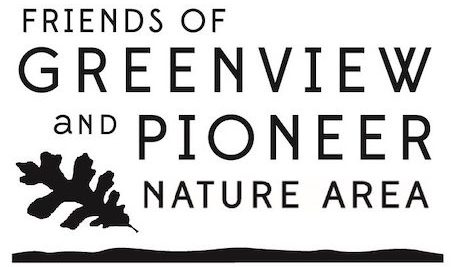Central Meadow
Over the past several years, the Friends of Greenview and Pioneer Nature Area have been restoring the meadow at Greenview. Annual controlled burns and other methods are being used to eradicate invasive species and woody shrubs. This combination of management techniques has reduced the decades-old populations of persistent woody invasive shrubs, and native wildflowers and grasses have begun to reclaim this open spaces.

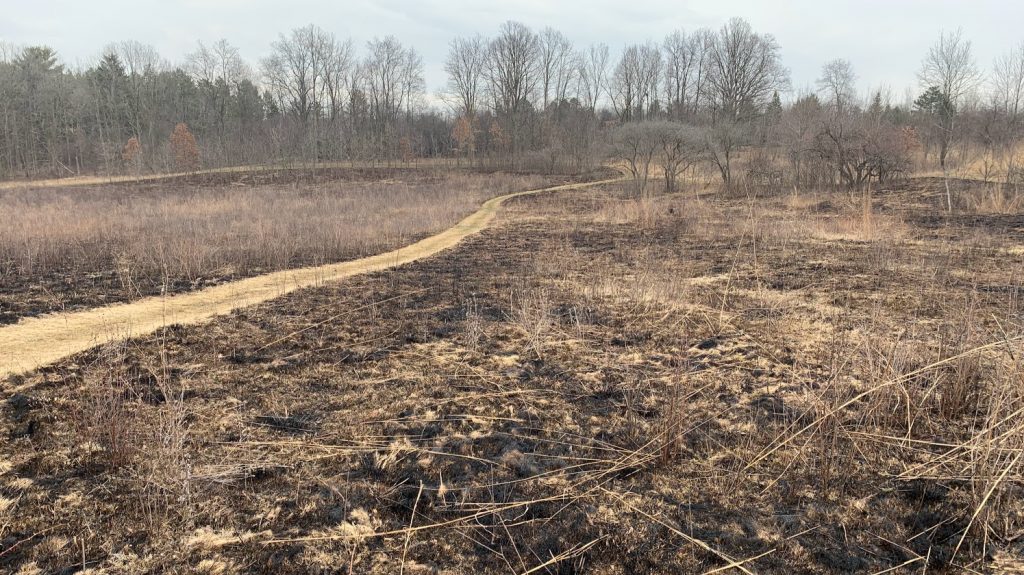


The Central Meadow is now a vibrant habitat featuring many native wildflowers such as Mountain Mint, Ironweed, Black-eyed Susan, several types of goldenrod, aster, milkweed, and coneflower. These native forbs and grasses attract many types of birds and insects, including many species of butterflies and moths.
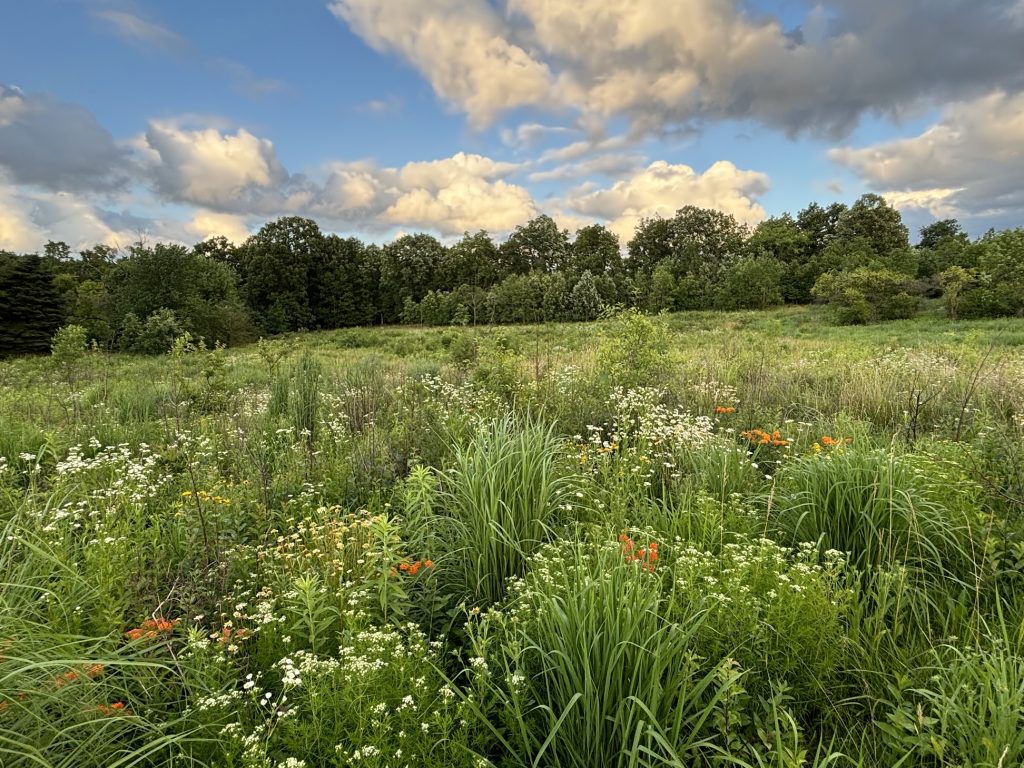

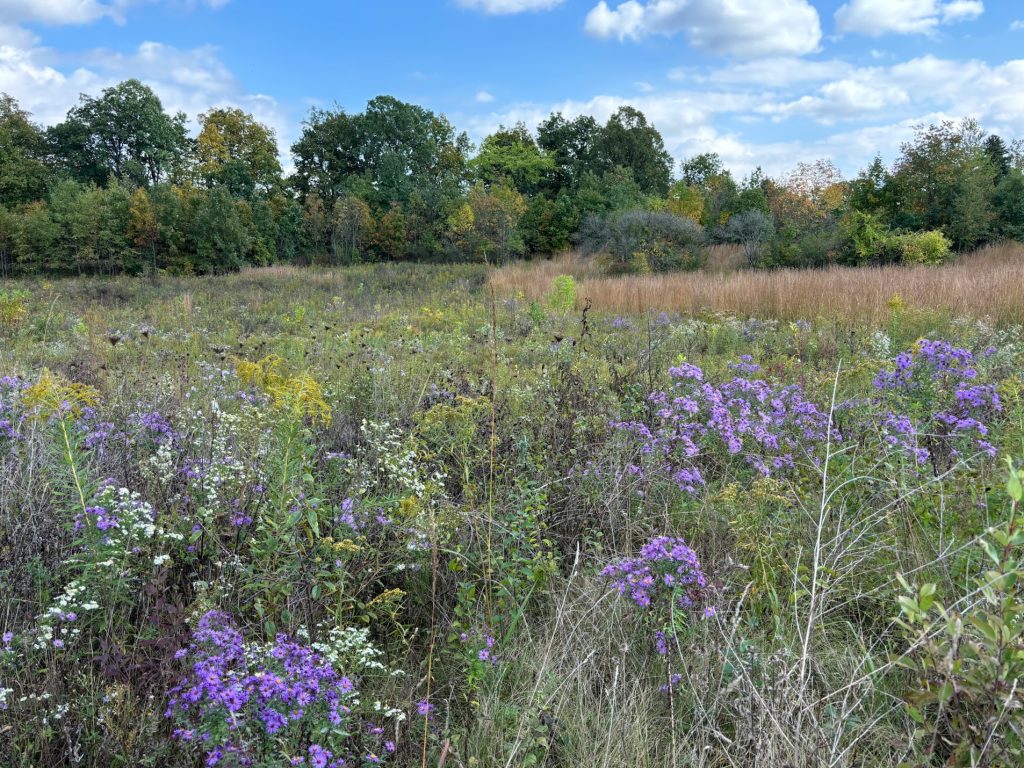
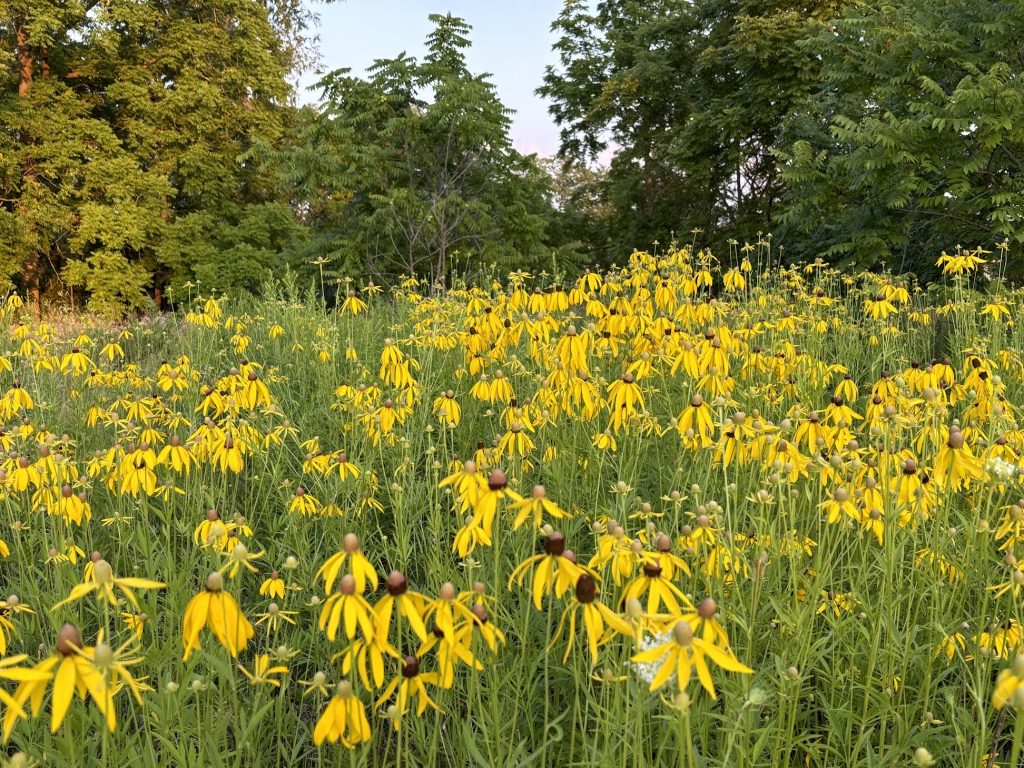
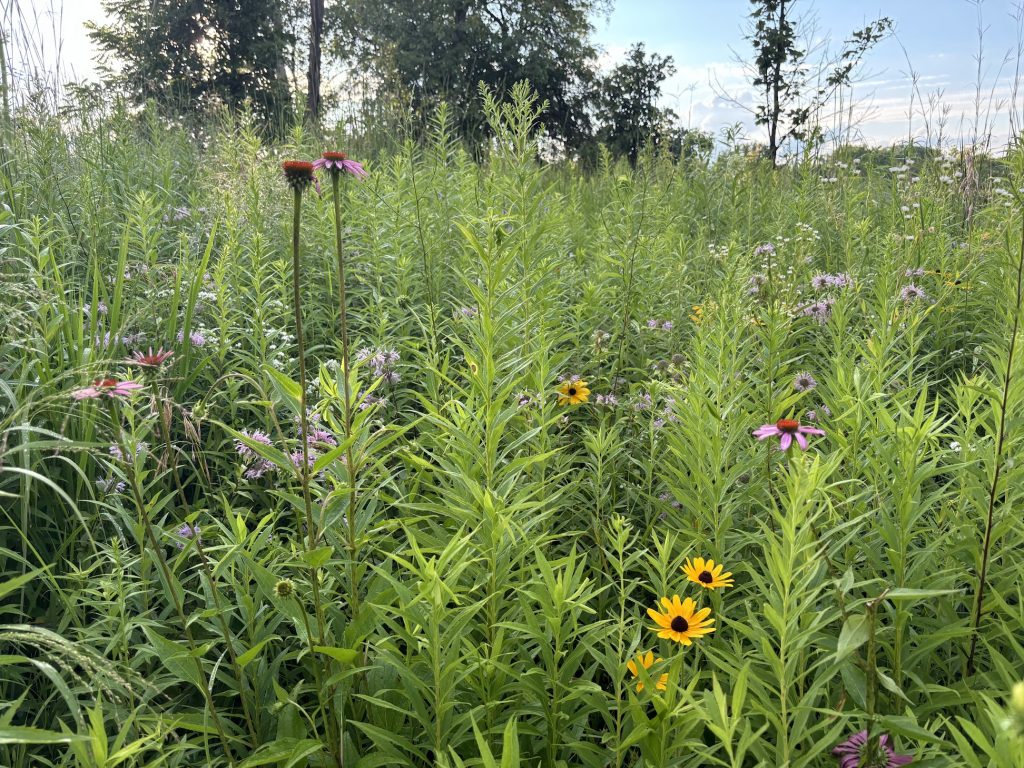

Four native grasses can be found growing in the meadow: Big Bluestem, Indian Grass, Little Bluestem, and Switchgrass. These grasses provide important food and shelter for birds, small mammals, and many insects.

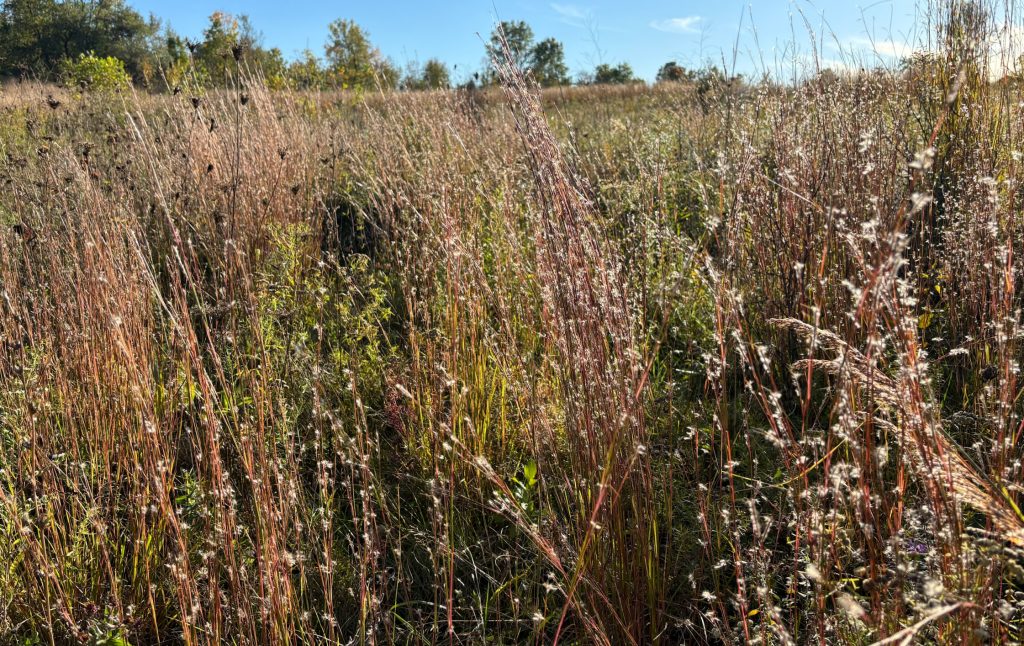

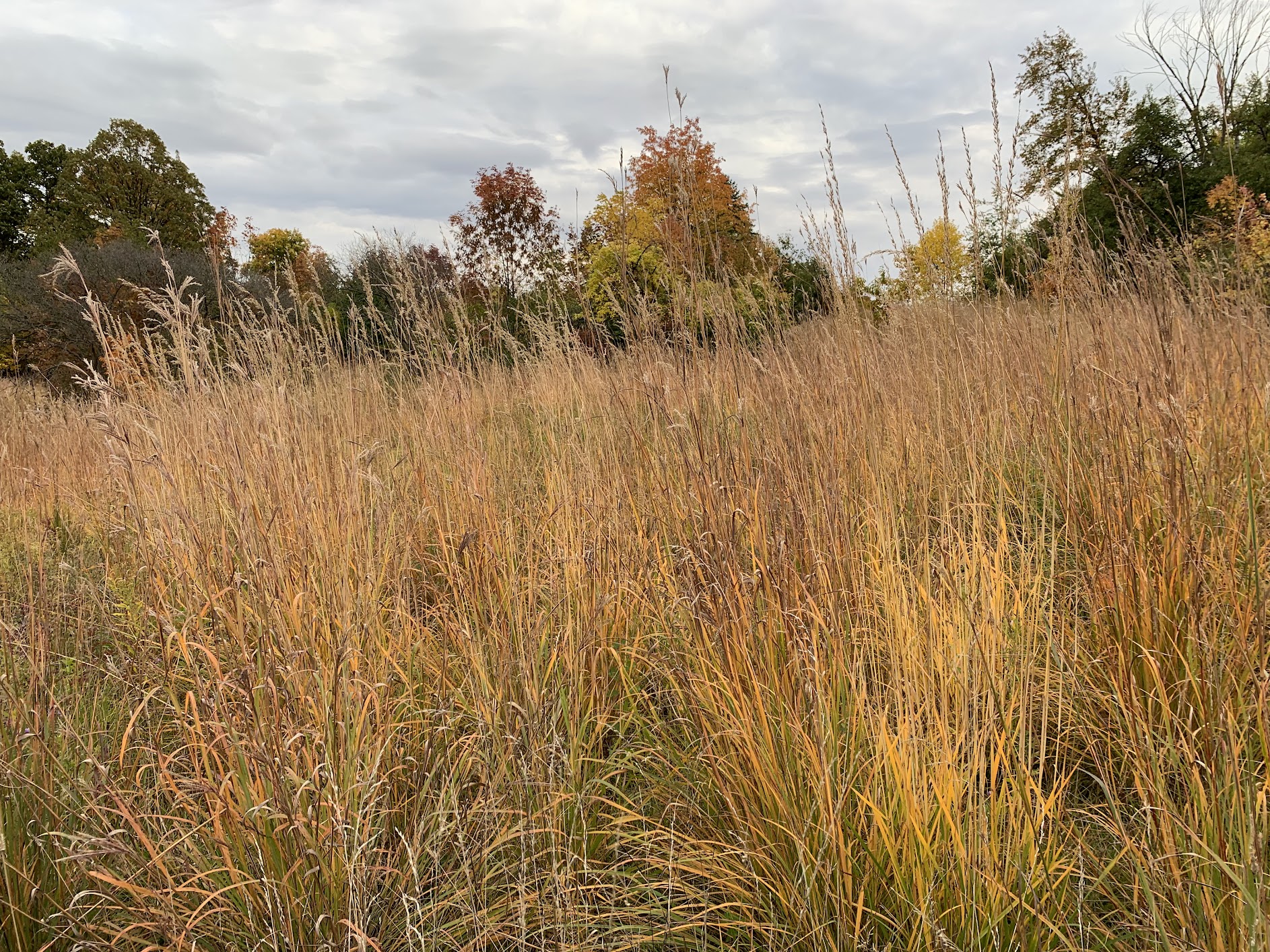
Butterflies
More than 50 species of butterflies have been observed at Greenview. Butterflies found at the meadow include Cabbage White, Little Wood Satyr, Pearl Crescent, Clouded and Orange Sulphur, Monarch, Black Swallowtail, Eastern Tailed-Blue, and many types of skippers.






Butterfly and Wildflower Tour
Friends of Greenview organize an annual Butterfly and Wildflower Tour at the nature area. Local guides, including members of the North American Butterfly Association, lead the tour and facilitate the observation of butterflies and wildflowers.



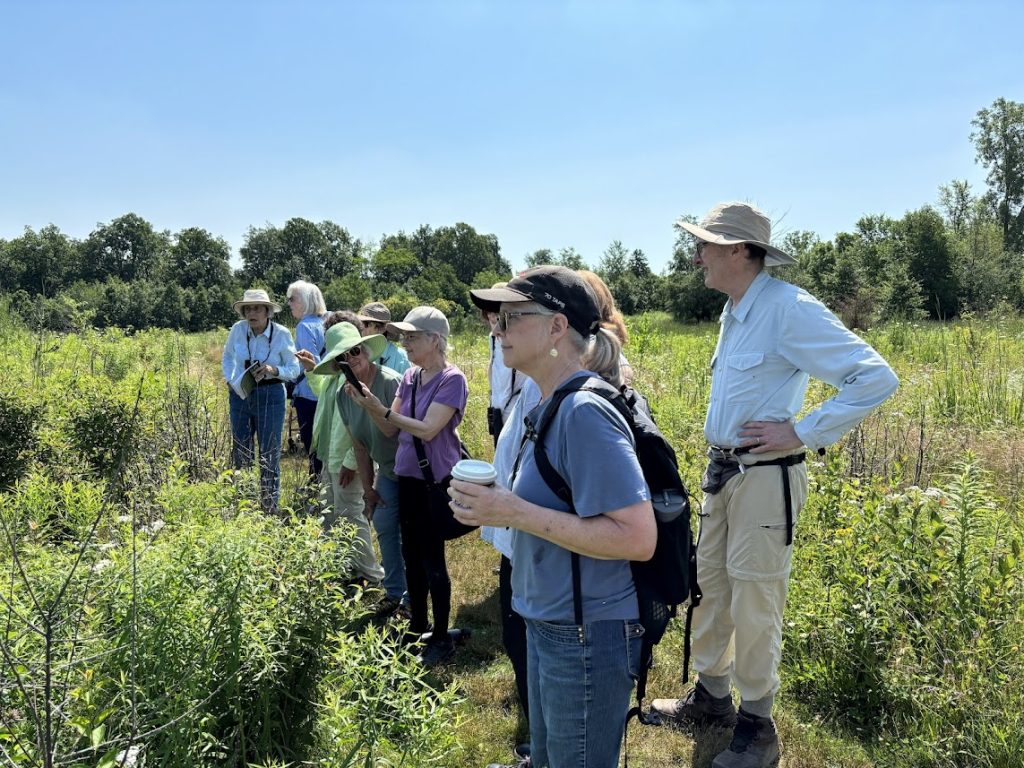
You can subscribe to our newsletter to receive event notifications, or follow us on social media to stay connected.
Butterfly Study
For more than 20 years, North American Butterfly Association have conducted annual butterfly counts in the meadow areas at Greenview. The annual studies report that butterfly populations observed from year to year at Greenview are fairly stable. However, continued meadow management is important to prevent the encroachment of woody invasives.


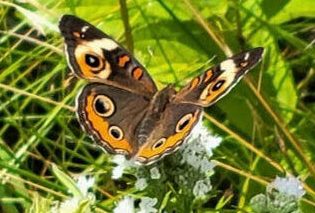
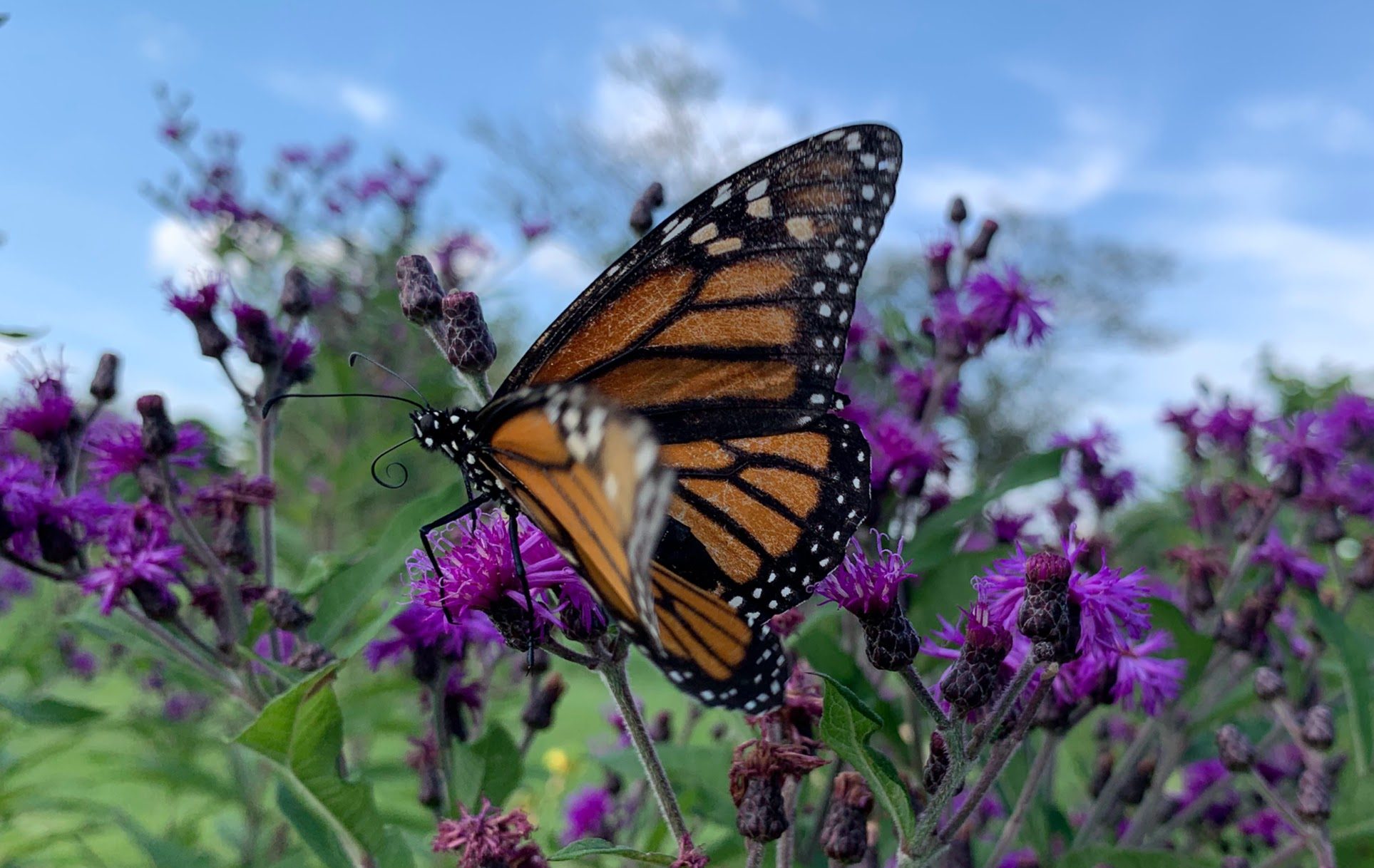
Greenview Butterfly Survey
Greenview Butterfly Report for 2025
Marcy Breslow
John Swales, the originator of the near-weekly counts at Greenview Nature Area, passed away in March. He was much missed all spring and summer and still is. We made only 14 visits to Greenview this year (about 6 fewer than average), starting on May 5 and finishing on September 28. Poor weather on days when observers were available was the main reason for the low number of visits. Also, spring was cold, keeping butterfly numbers very low. We often had two or three participants among Judy Lobato, Bill Sverdlik, Atticus Tanguay, and me, though I went alone at least three times.
In 2025, 31 species of butterfly were observed and 822 individuals (about 500-600 below average). That yields an average of 58.7 butterflies per visit. In comparison, in 2024 we made 20 visits and found 34 species and 1,426 individuals, yielding an average of 71.3 individuals per visit.
No new species were added to the cumulative list, which stands at about 54. For the first time ever, the tiny, golden Least Skippers, were the most numerous species with an annual total of 241 individuals. Another bit of good news is that the number of Monarch sightings increased from 14 to 22 in 2025. In contrast, the numbers of all three species of whites and sulphurs—Cabbage White, Clouded Sulphur, and Orange Sulphur—were much lower than in previous years. The Oranges were particularly hard hit, going from 52 sightings in 2024 to 4 in 2025. Common Checkered Skippers had been increasing in numbers and spreading around the preserve to the point that we had 77 sightings in 2024; in 2025, only 6 were found. The numbers of most other species also declined this year. We do not have a definitive explanation. It is possible that the chilly weather prevented the first broods and early single-brood species from emerging in normal numbers. We also do not know if the timing of the 2024 burn affected 2025 butterfly numbers. In 2024, we had already found 131 butterflies by the end of May. In 2025, we found only 20 by May 31. By June 20, we had still found only 92. Species details follow. Because many of the numbers of individuals of a species are so different from the 2024 numbers, the 2024 total is included in parentheses next to the 2025 total.
| Species | 2025 Total (2024) | First date | Maximum | Last date |
| Least Skipper | 241 (253) | 6/4 | 92 on 8/7 | 9/2 |
| Cabbage White | 165 (322) | 5/5 | 24 on 9/15 | 9/28 |
| Peck’s Skipper | 90 (160) | 6/4 | 32 on 8/18 | 9/20 |
| Clouded Sulphur | 73 (161) | 8/1 | 24 on 9/15 & 28 | 9/28 |
| Pearl Crescent | 42 (45) | 6/4 | 13 on 8/1 | 9/28 |
| Little Wood Satyr | 33 (47) | 6/4 | 19 on 6/20 | 7/2 |
| Zabulon Skipper | 30 (31) | 6/4 | 8 on 8/7 | 9/28 |
| Monarch | 22 (14) | 5/15 | 4 on 8/1, 8/7, 9/28 | 9/28 |
| Eastern Tailed-blue | 19 (53) | 7/2 | 5 on 8/7 | 9/28 |
| Wild Indigo D-wing | 18 (39) | 5/5 | 4 on 7/2, 7/13, 9/28 | 9/28 |
| Baltimore | 9 (11) | 6/11 | 7 on 6/20 | 6/20 |
| Black Swallowtail | 8 (3) | 7/13 | 3 on 8/18 | 9/15 |
| Com. Wood Nymph | 7 (8) | 7/13 | 6 on 7/13 | 8/7 |
| European Skipper | 7 (18) | 6/20 | 6 on 6/20 | 7/2 |
| Silver-spotted Sk. | 6 (3) | 7/13 | 2 on 8/1 | 9/28 |
| Checkered Skipper | 6 (77) | 7/13 | 2 on 7/13, 9/15, 9/28 | 9/28 |
| Tiger Swallowtail | 5 (8) | 6/4 | 2 on 8/18 | 8/18 |
| Summer Azure | 5 (13) | 6/20 | singles | 9/28 |
| Great Spangled | 5 (0) | 7/2 | 4 on 7/13 | 7/13 |
| Orange Sulphur | 4 (52) | 9/28 | 4 on 9/28 | |
| Hobomok Skipper | 4 (2) | 6/4 | 3 on 6/4 | 6/11 |
| Little Glassywing | 4 (4) | 7/2 | 4 on 7/2 | |
| Common Ringlet | 3 (11) | 6/4 | singles | 8/1 |
Others
2 instances: Viceroy (1); Tawny-edged Skipper (16)
One instance: Banded Hairstreak (0); Spring Azure (1); American Lady (1); Red-spotted Purple (0); Northern Broken Dash (2); Crossline Skipper (0)
2024 Butterfly report can be viewed here
2023 Butterfly report can be viewed here
2022 Butterfly report can be viewed here

